🌲How are the thematic and mathematical elements used in game design?🌲
Hello and welcome back to the forest of learning! In this post you will be watching my journey through making a board game about tectonic plates.
As always, we followed the project path throughout the entire project;
Before I start showing my project journey, I wanted to talk about the key competencies we used throughout this project;
Questioning and predicting: We used questioning and predicting mainly in Milestone 1, in which we created our first draft of rules. We asked questions as well as knowledge we already gathered to help create our first draft.
Understanding and solving: For this competency, we tested our skills in Milestone 2 & 3, in which we found out more about tectonic plates, and also recorded 10 key concepts for our game.
Evaluating: Finally, this concept was used in milestone 4 & 5 in which we critiqued and improved our game rules to make our final rules, as well as completed our game.
After we were looked-over to the project plan, we were also introduced to our partner which we would make our game with. My partner was Alfie (you should check out his blog!). We started off with a first draft of our game ideas! We collaborated with our table groups and made a game plan. Here was our original idea for this project:
After our initial ideas, we needed to educate ourselves about tectonic plates. We spent time looking at vocabulary, and general information about tectonic plates mostly via textbooks. To help us learn, we also did an experiment to further our understanding.
In this experiment, we had 250 millilitres of water in two different beakers. The blue was cold water, and the red was hot water. We also had a container with a separator, we poured at the same time both of the liquids, and then slowly removed the separator which gave us this very interesting result. As you can see in the photo below, because the hot water is less dense, it floated towards the top, while the cold water stayed near the bottom. This experiment help explained our knowledge of plate tectonics further.
After we gathered information, we got to start on our game. We brainstormed and developed ideas, and composed a list of some key concepts and vocabulary we could use in our game.
Once we had gotten our 10 key concepts, we could start with our game rules. We typed some up, and to test them we made a first draft of our game board digitally, and then we brought it to life.
After this, we finally found a name for our game; Earth Quack Attack. The next phase of this project was to make our final game rules, as well as starting to build our game!
Here was our first physical draft of the game:
Here was our completed game rules:
Then was the part I was most excited for, to build the game! We used our digital drawing for reference, then started to brainstorm on how we could build our pieces. This is how our physical game looked like after the first day of working on it:
The spinner took the longest out of all the pieces, but I was very happy with the results. We spent another week or so working on our game, and it was lots of fun! We also had the chance to critique other group’s games, and got some feedback on our own game as well. After all of our hard work, we finally finished and got to play other people’s games, it was lots of fun!
So finally, we were finished! Here is how it turned out!
And once we fully completed our game, we created a mind map of information about tectonic plates!
Overall, this project was a lot of fun! I definitely think this was a great project to help further my understanding on not only plate tectonics, but also making a board game. So, How are the thematic and mathematical elements used in game design? Well we used lots of mathematics to help make our game, we used probability a lot during this project so we could get a better understanding of our game, and make sure it wasn’t too difficult. Not to mention, I needed to know a lot about plate tectonics to be able to create a game about it. I learned so much during this project and I loved creating Earth Quack Attack. And as always
Thank you for watching me grow in the forest of
🌲learning🌲

















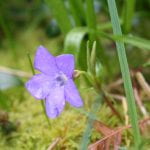
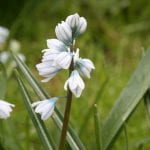
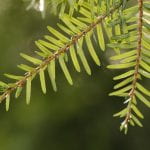
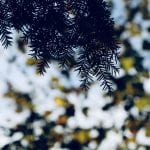




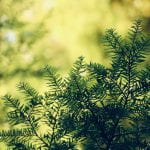







December 16, 2020 at 10:09 pm
I love the idea of a forest of learning. Sometimes you get lost in the trees, but you can always make your way out! Looks like the game was a lot of fun and learning!
December 16, 2020 at 10:21 pm
Thank you! I really enjoyed making this game 🌲
December 18, 2020 at 10:09 pm
I like how you built your own spinner! I can’t wait to try playing Earth Quack Attack! 🦆 Did you base your game off anything? Or did you make it all up yourself?
December 19, 2020 at 12:34 am
Glad you liked it!
We took inspiration from a lot of different games, but we did not have a specific game that we based it off of. 🌲